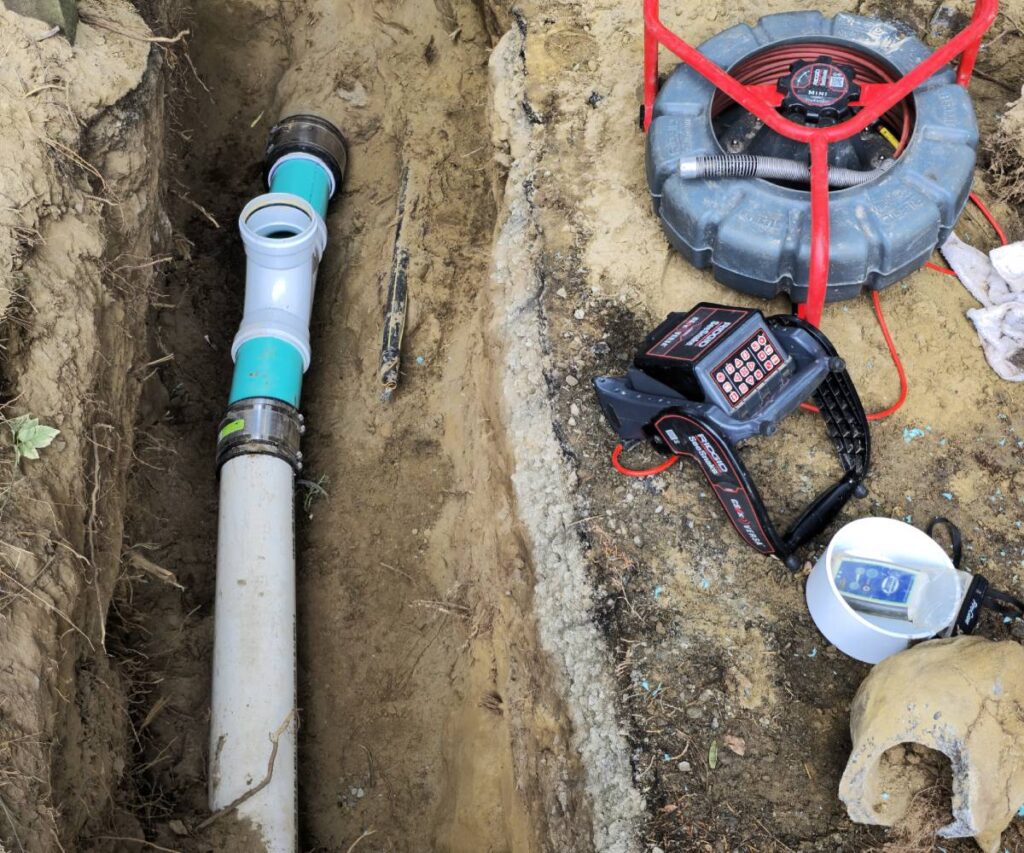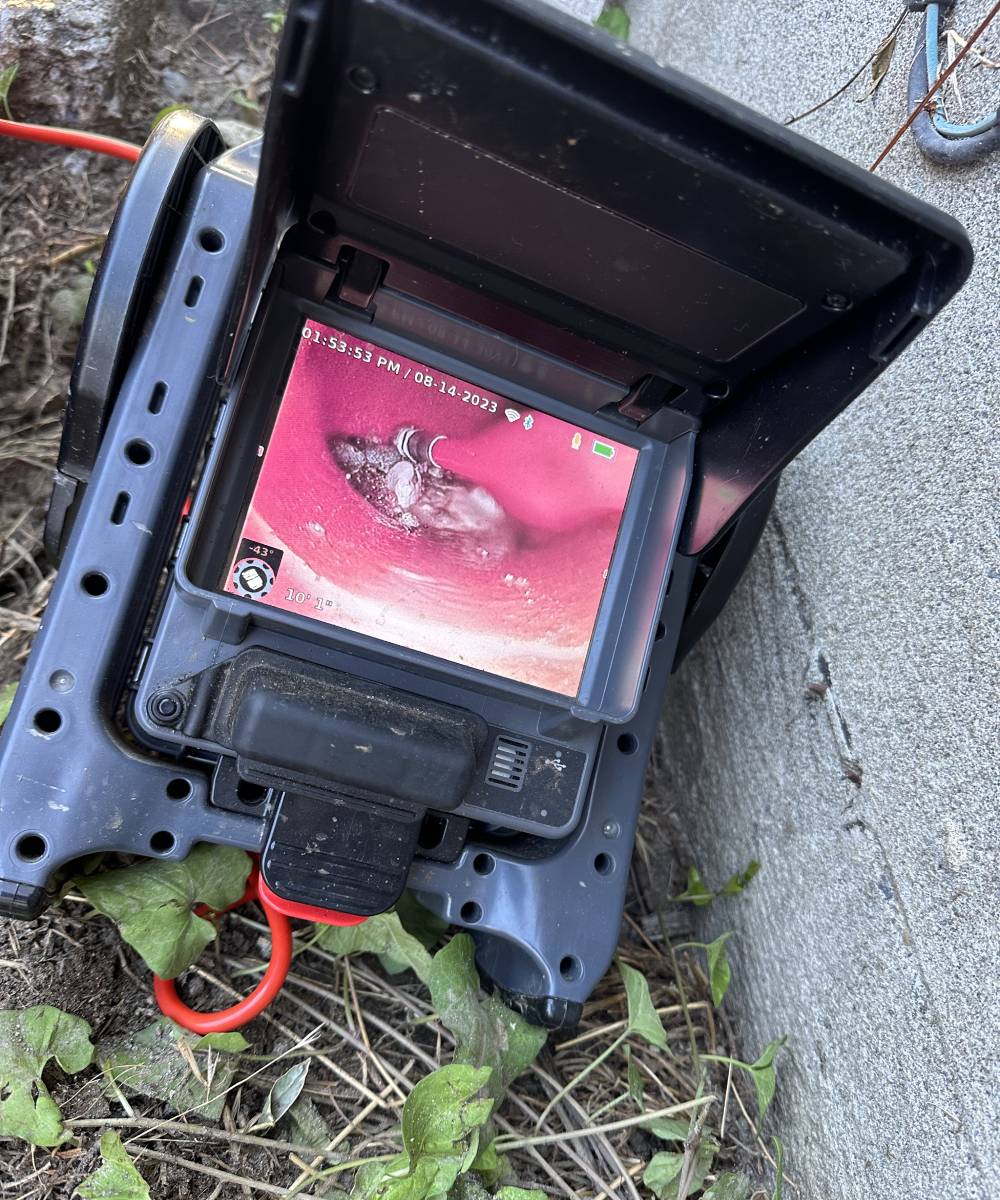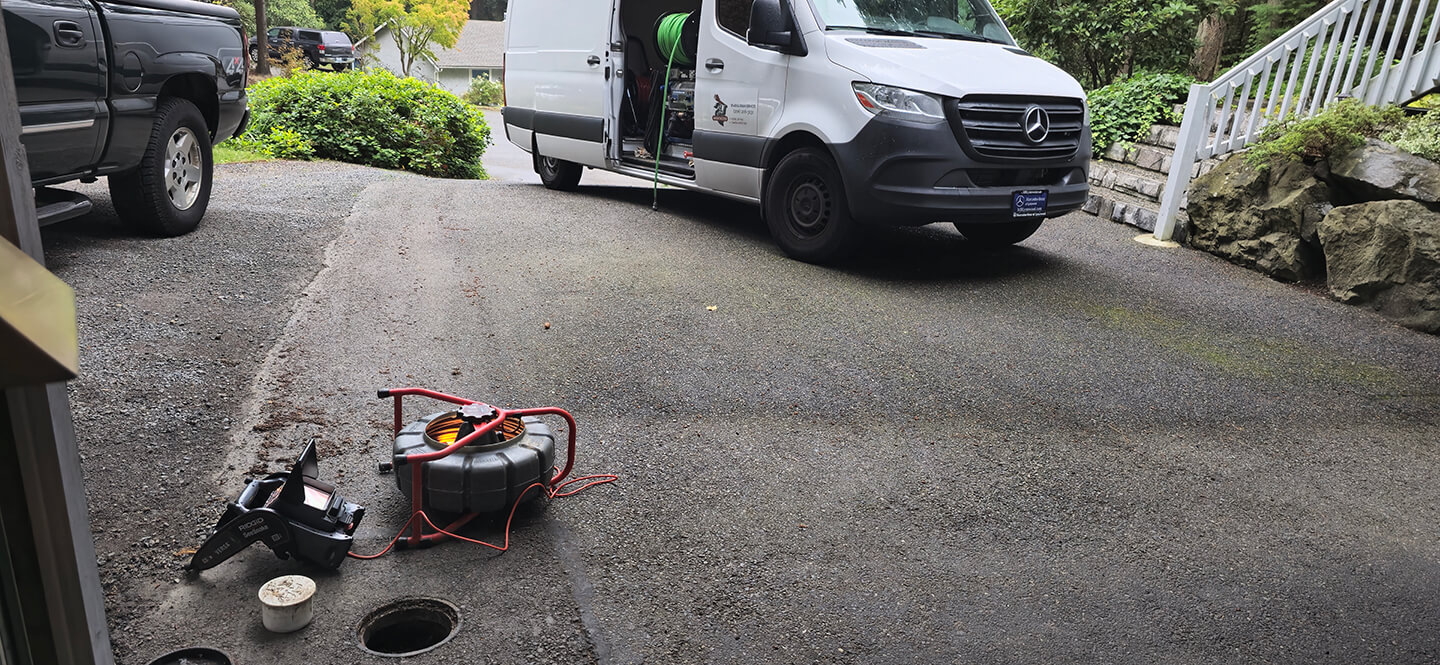Drone-assisted camera inspections are reshaping Seattle sewer maintenance by providing safer, quicker, and more precise evaluations of sewer networks. Using high-tech drones fitted with advanced cameras, this approach reduces hazards, lowers costs, and boosts overall efficiency. Keep reading to learn how this innovative method is revolutionizing the way Seattle maintains its sewer systems.
Introduction to Drone-Assisted Sewer Inspections
Maintaining Seattle’s sewer infrastructure is no small task, and traditional inspection techniques often come with significant risks, costs, and delays. Today, drone sewer inspection and camera inspection have emerged as groundbreaking alternatives. These modern tools employ drones outfitted with high-resolution cameras to travel through sewer lines, delivering live visuals of pipe conditions without endangering workers. As Seattle moves toward more innovative solutions, drone-assisted inspections are redefining what’s possible for Seattle sewer maintenance by combining speed, safety, and accuracy.
Why Seattle’s Sewer Systems Need Advanced Solutions
Challenges of Traditional Sewer Maintenance
Conventional sewer inspections frequently involve workers entering tight, hazardous spaces where they face dangers like toxic fumes, flooding, or collapsing structures. The process often demands heavy machinery and considerable manpower, making it slow and expensive. In addition, hard-to-reach areas or deeply buried pipes can take hours or days to access, and small but significant issues—such as hairline fractures or early-stage blockages—can go unnoticed until they cause major damage.
Seattle’s Unique Infrastructure Needs
Some portions of Seattle’s sewer system have been in place for more than a hundred years. Combined with the city’s steep landscape, heavy rain patterns, and ongoing urban expansion, this creates consistent stress on the system. Common issues include corrosion, intrusion by tree roots, and recurring clogs. Because the city is committed to protecting its environment, especially areas like Puget Sound, it’s critical that leaks and malfunctions be identified quickly and accurately. Drone-assisted inspections are uniquely suited to meet these demands.

How Drone-Assisted Camera Inspections Work
Technology Behind Drone Sewer Inspections
These inspections rely on small, rugged drones engineered to maneuver inside narrow underground spaces. Equipped with LED lighting, high-resolution imaging, and environmental sensors, the drones are able to withstand collisions and resist water intrusion. They transmit live video directly to operators, enabling remote evaluation without physically entering hazardous zones.
Key Features of Camera-Equipped Drones
Drones used for sewer maintenance often come with:
- 360-degree maneuverability for navigating intricate piping networks.
- High-definition cameras to capture even the smallest defects, such as minor cracks or rust spots.
- Thermal imaging and gas sensors for spotting leaks or dangerous conditions.
- 3D mapping functions that generate detailed schematics for long-term maintenance planning.
These capabilities make them an excellent match for the complexity of Seattle’s sewer infrastructure.
Benefits of Drone Inspections for Seattle Sewer Maintenance
Enhanced Safety for Workers
A major advantage is the reduction in risk for inspection crews. With drones taking the lead, workers no longer need to enter confined or unstable environments, which is especially important in areas with aging or compromised pipes. This remote approach ensures safety while delivering the same—or even better—inspection results.
Cost and Time Efficiency
Compared to traditional methods, drone-based inspections can slash expenses by as much as 40% per meter inspected. Tasks that once spanned several days can often be wrapped up within a few hours. This translates to faster diagnostics, quicker repairs, and less disruption for Seattle property owners.
Improved Accuracy and Data Quality
The precision of drone imaging ensures that technicians have access to crystal-clear visuals of pipe interiors. Combined with real-time streaming and 3D models, this allows for accurate problem identification and repair prioritization. For a city with such intricate infrastructure, this level of detail is invaluable.
Challenges and Limitations of Drone Inspections
Technical and Environmental Constraints
Battery limitations—typically around 20–30 minutes of flight time—can require multiple inspection rounds. Underground signal interference may interrupt live streaming, and drones may be unable to pass through collapsed or overly narrow sections of pipe. Seattle’s wet weather can also introduce additional operational challenges.
Regulatory Considerations in Seattle
Operating drones in Seattle must comply with FAA drone regulations and local ordinances. Only licensed and certified operators may conduct inspections, and permits may be required in certain urban zones. While these rules are strict, experienced providers can navigate them effectively to ensure compliance.
The Future of Drone Technology in Sewer Maintenance
Emerging Innovations
Ongoing advancements in durability, camera resolution, and battery life will make drones even more suitable for sewer inspections. Future developments like swarm technology—deploying multiple drones simultaneously—could greatly accelerate inspections for large-scale municipal projects.
Potential for AI Integration
Integrating artificial intelligence will allow for automated defect recognition, instantly highlighting cracks, clogs, or leaks as the footage is captured. Predictive analytics could forecast when and where maintenance will be required, making citywide sewer management more proactive than reactive.
Why Choose Drone-Assisted Inspections for Your Seattle Property
For property owners in Seattle, drone-based inspections offer an efficient, minimally disruptive way to keep sewer systems in top shape. They help detect issues early, reduce repair costs, and ensure environmental compliance. Partnering with an experienced drone sewer inspection provider ensures accurate results and peace of mind for both residential and commercial properties.
About KnightRooter: Your Trusted Sewer Maintenance Partner
At KnightRooter, we specialize in advanced Seattle sewer maintenance solutions, including expert sewer inspection and camera inspection services. Our combination of cutting-edge technology and proven expertise ensures thorough, efficient, and safe evaluations of your sewer system. Contact us today to see how we can help protect your property and the environment.
Explore More Resources
For more information on sewer line maintenance and repair, visit our service pages:
- Camera Inspection Everett
- Camera Inspection Edmonds
- Camera Inspection Seattle
- Camera Inspection bothell
- Camera Inspection Kirkland
- Camera Inspection Lynnwood
- Camera Inspection Woodinville
- Camera Inspection Snohomish
- Camera Inspection Bellevue
AFQ
What is a drone-assisted sewer inspection?
A drone-assisted sewer inspection uses camera-equipped drones to assess sewer systems remotely, identifying issues like blockages or leaks with high accuracy.
How do drones improve sewer maintenance in Seattle?
Drones enhance safety, reduce costs, and provide detailed data, making them ideal for maintaining Seattle’s aging and complex sewer infrastructure.
Are drone inspections safe and legal in Seattle?
Yes, when conducted by certified operators following FAA drone regulations and local guidelines, drone inspections are safe and legal.
How much do drone-assisted sewer inspections cost?
Costs vary based on the project scope, but drones typically reduce expenses by up to 40% compared to traditional methods due to lower labor and equipment needs.
Can drones detect all types of sewer issues?
Drones can detect most issues, including cracks, blockages, and leaks, but may face limitations in extremely narrow or flooded pipes.
For professional and fast drain cleaning Bothell, drain cleaning Seattle, and drain cleaning Bellevue, contact KnightRooter. Our team is ready to provide the best solutions for your drain issues.





No comment yet, add your voice below!